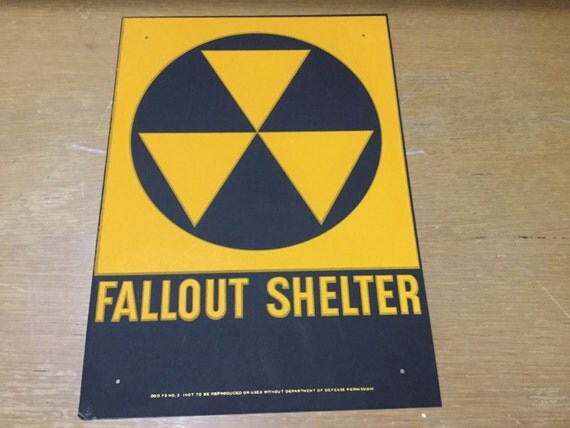

The Disaster Committee created three plans: This included planning for mass casualty events with particular emphasis on the continuing risk of thermonuclear warfare.

Ivins, was charged with organizing the Clinic’s disaster medical care program. Mayo Clinic’s Disaster Committee, created in 1956 and chaired by Dr. 6), shows the approximate route of hazardous fallout from a hydrogen bomb if exploded over Fort Snelling. This map, taken from a March 1958 article in Mayo Clinic Proceedings (vol. It was the first of six bulletins issued, providing updates and information to Mayo Clinic employees. This header was taken from a Civil Defense Bulletin issued by Mayo Clinic on September 29, 1961. Not only would Rochester need to be prepared to survive nuclear fallout, but it would need to be ready to shelter and administer aid for up to 95,000 evacuees from the Twin Cities. Although Rochester was not considered a potential target for a nuclear bomb, its proximity to the Twin Cities (considered a major target) made it necessary to prepare for nuclear war.

The threat of nuclear war was a real fear, particularly in the 1950s and 1960s. Bruce Fye Medical History Research Travel Grantĭuring the Cold War (1947-1991), the United States and the Soviet Union were engaged in a nuclear arms race.


 0 kommentar(er)
0 kommentar(er)
